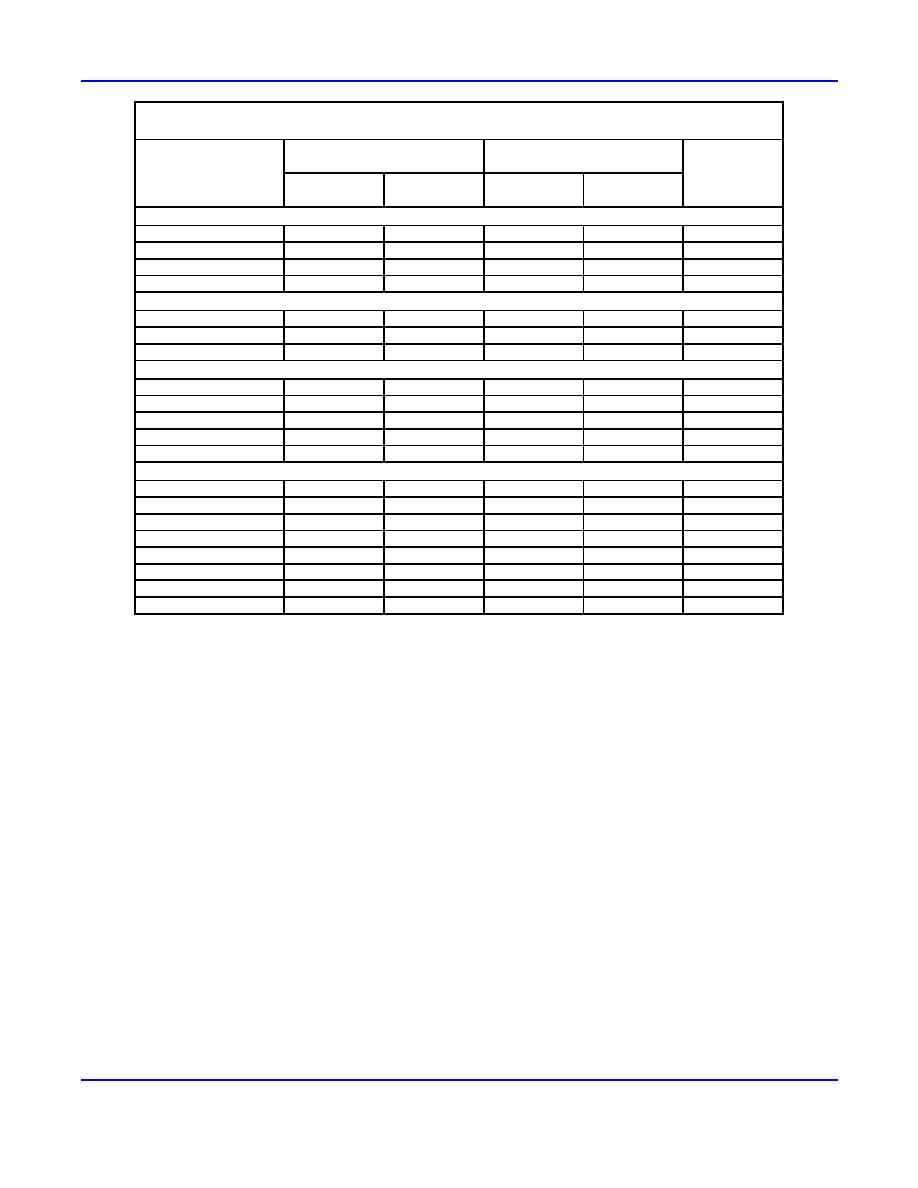
Table 2. Before- and after-exposure ice adhesion stress values, in kPa, for materials and coatings.
Percentage changes in boldface type were statistically significant at the 95% confidence interval.
Pre-Exposure Shear Stress
Post-Exposure Shear Stress
(kPa)
(kPa)
Change in
Mean Value
Standard
Standard
Material
(%)
Mean
Deviation
Mean
Deviation
Thermoplastics
Acetal
544.6
147.5
355.7
94.8
35
Delrin
864.3
213.4
508.5
334.9
41
Teflon
237.8
103.0
230.2
343.5
3
UHMWPE
294.8
120.7
179.9
65.4
39
Off-the-Shelf-Coatings
PSX-700
659.3
48.0
977.7
52.8
48
Inerta
851.8
500.3
563.2
191.3
56
Envelon
1279.0
403.0
983.8
72.5
23
Standard USACE Lock Coatings
MIL-P-24441
1361.8
260.7
1408.3
327.4
3
V-102e
1119.7
180.7
1373.7
290.2
23
V-766e
1164.5
348.9
957.3
163.9
18
V-103c
536.0
237.9
725.1
233.2
35
C-200a
1250.6
396.8
1317.3
414.6
5
Standard Lock + Off-the-Shelf Coatings
V-103c + PSX-700
765.8
139.5
959.7
46.2
25
V-103c + TroyGuard
795.9
168.5
643.3
170.4
19
V-103c + Wearlon
1162.7
418.3
1219.2
155.9
5
V-103c + Kiss-Cote
497.9
143.7
657.6
69.7
32
C-200a + Kiss-Cote
1196.3
110.5
1503.7
200.3
26
C-200a + Wearlon
984.7
145.7
1124.1
152.6
14
C-200a + PSX-700
729.6
60.8
729.2
139.2
0
C-200a + TroyGuard
732.6
188.3
670.4
125.9
8
Notably, two of the thermoplastics, Acetal and Delrin, even had significantly lower after-exposure ice adhesion values.
Four of the coating combinations, however, had statistically significantly higher after-exposure values. Both the C-200a and
V-103c Corps paints having Kiss-Cote applied over them yielded higher average adhesion values, indicating that the clear,
liquid (invisible, after it dries) Kiss-Cote material had eroded away during the six-month exposure period. This conclusion is
consistent with the measured adhesion strengths for both of these samples after they were weathered; each sample had
adhesion values in the same range as the comparable uncoated and weathered Corps paint samples. This indicates that even
though Kiss-Cote is effective at reducing the adhesion strength of ice when newly applied, it may require annual, or more
frequent reapplication.
The PSX-700 epoxy coating both by itself and over the V-103c Corps paint yielded higher after-exposure adhesion
values. However, the PSX-700 coating did not bond well to the underlying V-103c. One of these six replicates was damaged
when portions of the coating peeled during the before-exposure adhesion testing, and most of the "PSX-700 over V-103c"
samples returned from the field with flaking in the outer coating, revealing the Corps paint beneath. This particular system's
durability, both in the laboratory and field testing, was limited as a result of poor bonding between the outer PSX-700 and the
V-103c undercoat. The PSX-700 by itself appeared to withstand the field trial very well (its general condition was excellent)
even though its ice adhesion values increased.
Conclusions
Icephobic materials do not prevent ice formation on exposed structures. Instead, they lower the adhesion strength of ice
and therefore may be considered as enhancements to other ice removal methods, such as mechanical, steam, electro-thermal,
or electro-mechanical. Laboratory and field-exposure results provide information that can assist in evaluating the relative
performance of materials and coating systems. "Performance" of the coating systems was measured in terms of durability and
the strength with which ice adheres to each system before and after field exposure.
6
ERDC/CRREL TN-03-4



 Previous Page
Previous Page
